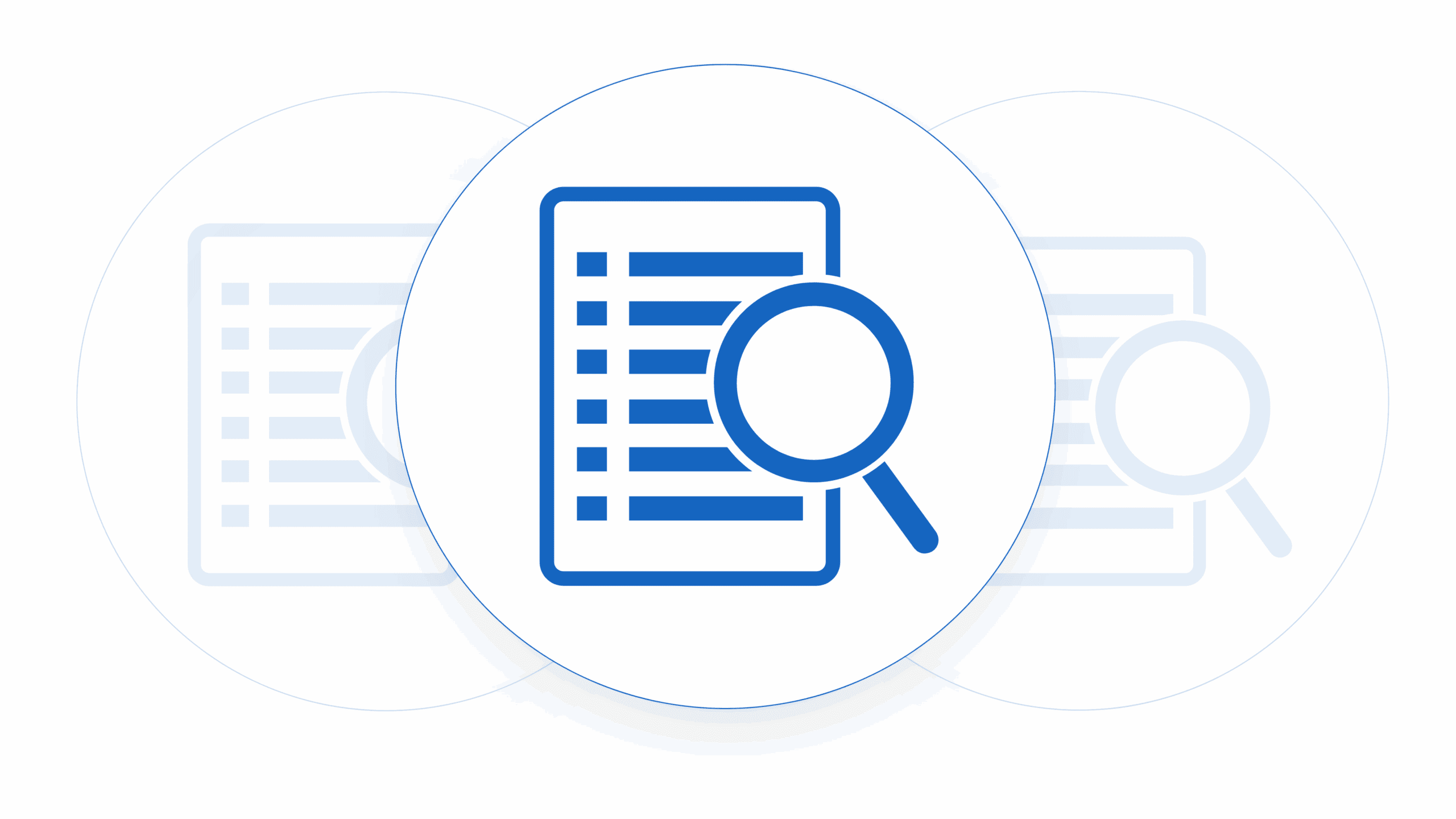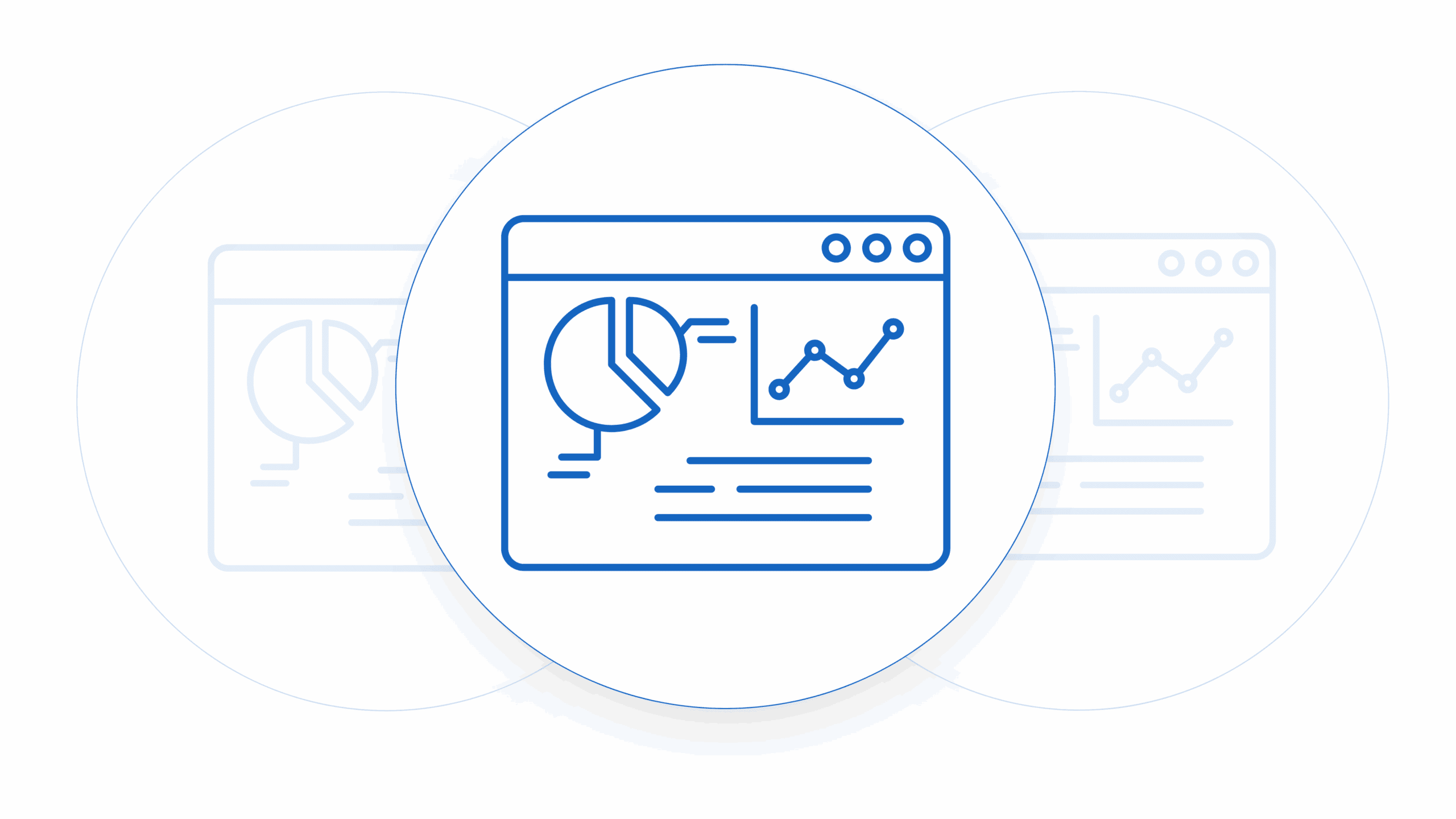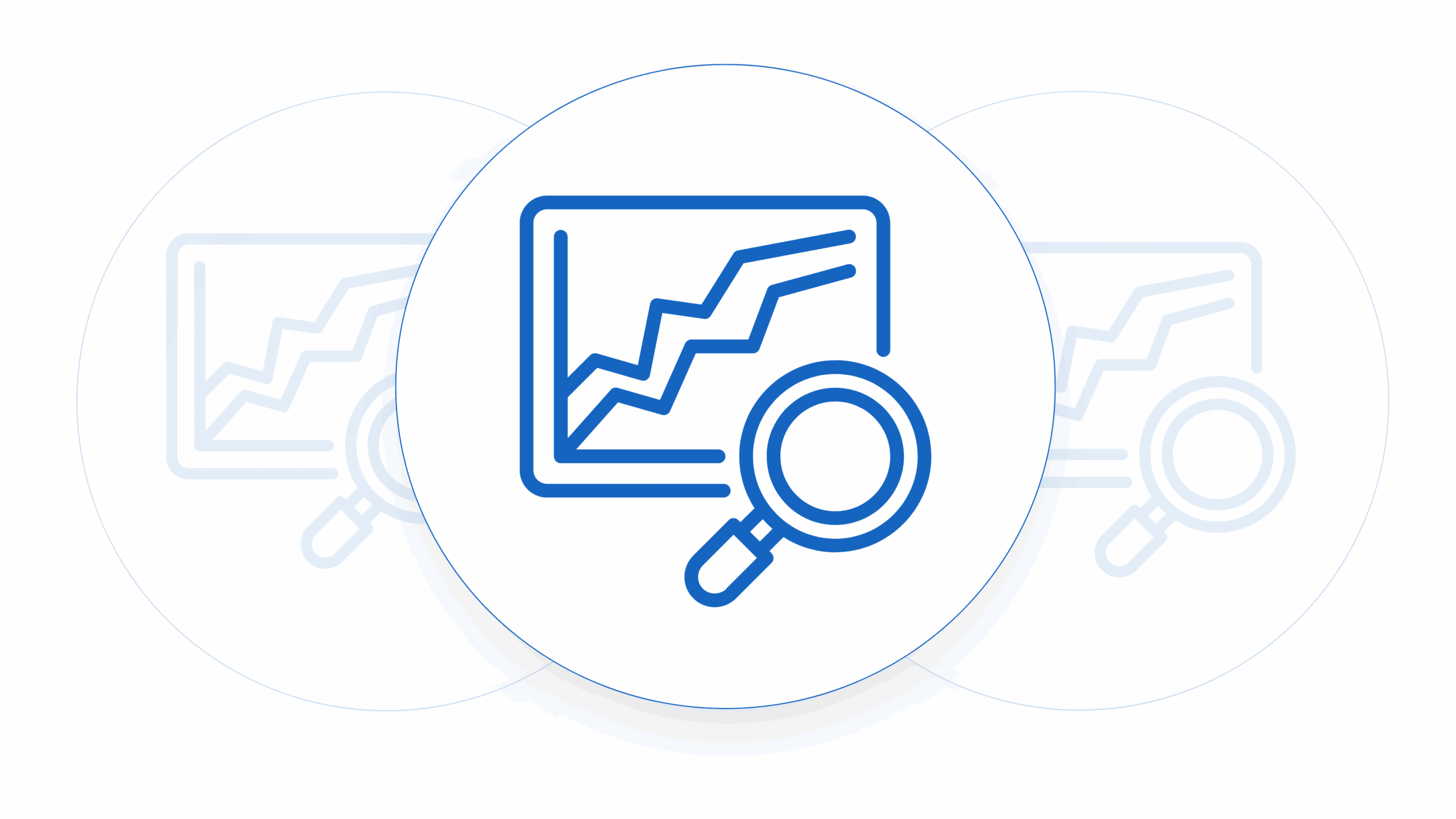In the competitive landscape of small businesses, optimizing revenue without significantly increasing costs is essential. Two highly effective strategies that can aid in achieving this goal are upselling and cross-selling strategies. These techniques not only increase sales but also enhance customer satisfaction by offering tailored solutions. Below, we explore how to successfully implement these strategies to maximize revenue potential.
Understanding Upselling and Cross-Selling Strategies
Upselling involves persuading customers to purchase a more expensive or feature-rich version of the product they are considering. For example, if a customer is interested in a basic laptop, you might recommend a high-performance model that offers additional features such as better processing power or a larger display. This tactic encourages customers to invest in more premium products.
Cross-selling, on the other hand, focuses on offering complementary products that enhance the primary purchase. For instance, when a customer buys a smartphone, suggesting a matching protective case or wireless earbuds can add value to their purchase. Both strategies aim to increase the overall transaction value by providing customers with additional products that complement or improve their initial selection.
Why These Strategies Matter
For small businesses, upselling and cross-selling are crucial not just for increasing sales but also for providing greater value to customers. When executed correctly, these strategies can drive higher customer satisfaction, improve brand loyalty, and ultimately result in a stronger bottom line. It is imperative that these tactics are integrated thoughtfully into the sales process to avoid appearing overly pushy.
Effective Upselling Techniques
- Know Your Products Inside Out
A thorough understanding of the products allows sales teams to confidently recommend upgrades that genuinely meet customer needs. By aligning product benefits with customer preferences, businesses can increase the likelihood of an upsell. - Personalize Your Recommendations
Leverage customer data, such as purchase history and preferences, to offer personalized suggestions. For example, a customer frequently purchasing eco-friendly items may be more inclined to consider a higher-end, sustainable product. - Highlight the Benefits
Focus on the added value and advantages of the upgraded product. Explain how the enhanced features will address the customer’s pain points more effectively or provide long-term savings, making the upsell more compelling. - Create Bundled Packages
Offering bundled deals that include the primary product and an upgraded version at a discounted rate can incentivize customers to opt for the upsell. This not only adds value but also makes the customer feel they are receiving a special deal. - Leverage Social Proof
Customer reviews and testimonials showcasing how others have benefited from upgraded products can significantly influence purchasing decisions. Social proof helps build trust and mitigates buyer hesitation.

Looking for a contract template?
Browse our 150+ prebuilt customizable contract templates and find the one that suits your needs perfectly.
Effective Cross-Selling Techniques
- Understand Customer Needs
A deep understanding of the customer’s needs allows for better product recommendations. Asking insightful questions and listening to customer concerns will help identify complementary products that genuinely enhance the initial purchase. - Offer Limited-Time Deals
Time-sensitive offers on complementary products can encourage immediate action. By creating a sense of urgency, businesses can drive additional purchases during the same transaction. - Use Visual Aids
In physical stores or on e-commerce platforms, displaying complementary items together can create a natural visual connection, prompting customers to consider additional purchases. - Train Your Staff
A well-trained team is crucial for effective cross-selling. Equip staff with the knowledge and confidence to suggest complementary products without being overly aggressive. Training should focus on subtle and personalized recommendations. - Follow Up Post-Purchase
After a transaction, follow-up emails offering complementary products based on the customer’s purchase history can encourage repeat sales. This reinforces your brand’s presence and promotes customer retention.
Implementing These Strategies in Your Small Business
- Integrate with Your Sales Process
Upselling and cross-selling should be seamlessly integrated into the sales process. Training your team to naturally incorporate these strategies into their interactions with customers ensures they become an integral part of the customer journey. - Use Technology to Your Advantage
Incorporating customer relationship management (CRM) systems and data analytics can streamline the upselling and cross-selling process. For instance, utilizing a Contract Tracking Software can help track customer interactions and improve the personalization of recommendations. Furthermore, tools like AI Sales Contract Drafting allow businesses to automate contract creation and focus more on the sales process itself. - Monitor and Adjust
Regularly assess the effectiveness of your upselling and cross-selling strategies through metrics such as average transaction value and customer satisfaction. Adjusting your approach based on real-time data will optimize results and ensure customer satisfaction. - Focus on Customer Experience
The ultimate goal should always be to enhance the customer experience. Ensure that upselling and cross-selling tactics are presented as value-added services, rather than mere sales techniques. By prioritizing the customer’s needs and ensuring that recommendations are beneficial, businesses can cultivate lasting relationships.
Upselling and cross-selling strategies, when implemented thoughtfully, offer significant opportunities for increasing revenue without the need for large-scale marketing expenditures. By understanding customer preferences, offering personalized recommendations, and integrating these strategies into your sales process, small businesses can improve customer satisfaction, increase transaction value, and foster long-term growth. Moreover, integrating tools such as Contract Comparison Tools can enhance the overall sales workflow, making the implementation of these strategies more efficient and effective.












